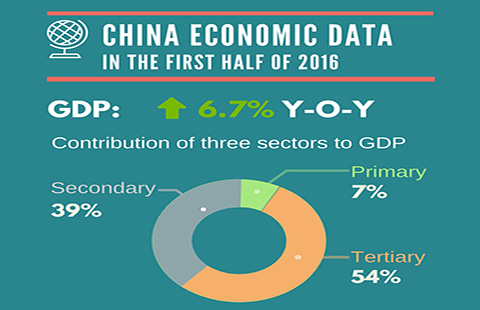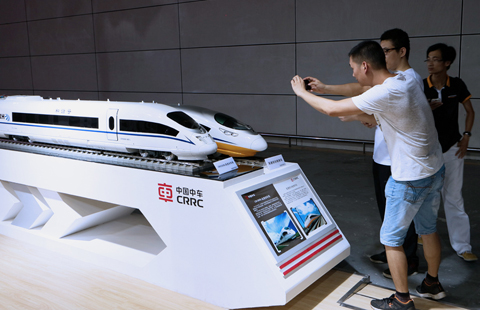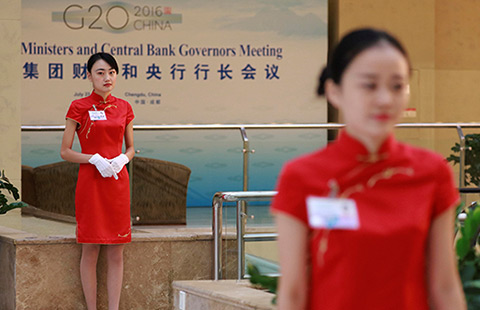China's investment in the US benefits both
By Carla A. Hills (China Daily) Updated: 2012-12-19 08:09Leaders of the United States and China have repeatedly stated that the bilateral relationship between the world's two largest economies will shape the 21st century. When Vice-President Xi Jinping visited Washington D.C. in February, he was quoted as saying that the economic relationship between the two nations constitutes the "ballast and propeller" for bilateral ties.
The opportunities for the two countries to interact economically are substantial. Since China joined the World Trade Organization a little more than a decade ago, it has opened to the outside world and as a result has become the world's second-largest economy and its largest exporter. During that period US exports to China have increased more than 500 percent, by far the fastest export growth the US has experienced with any of its trading partners, and the benefits have been felt nationwide. Forty-eight states report that their exports to China have tripled in that period.
As a result of its market openings, China has also become the world's second-largest recipient, behind the US, of foreign direct investment. China benefits substantially from US investment in China which today is more than $60 billion. US investors in China also benefit. A majority of US companies responding to a 2011 survey conducted by the US China Business Council reported double digit revenue growth for the year.
China has invested overseas as well. Initially its foreign direct investment focused on gaining access to natural resources in developing countries. However, in recent years China's growth model has begun to shift from one based on domestic investment and exports to encouraging movement up the value chain into services and advanced manufacturing. China is now looking at the benefits of investing in developed countries such as the US.
China's investment in the US offers substantial benefits to both countries. The Chinese and US economies are highly complementary. China's huge market of 1.3 billion people is in the midst of rapid urbanization; its businesses benefit from interaction with entrepreneurs in the US who have technology, management and marketing skills that can facilitate China's continued economic advancement.
The US is beginning to experience the positive effects of Chinese investment. Ten years ago China's investments in the US were small and grew slowly. However in the last couple of years, China's investment in the US has increased rapidly. According to Rhodium Group estimates, Chinese investments in the US which averaged less than $1 billion a year before 2008, grew to $5 billion for the year 2010, and are projected to reach $8 billion this year, with forecasts of higher and more rapid growth to come.
- China nuclear giant CGN wins French wind power contract
- China's Tibet comes on top of regional GDP growth in H1
- Huawei plans to beef up its R&D
- Alisports enters joint venture to promote boxing globally
- SIPG signs deal with Qatari govt
- First nuclear plant to take to the seas
- MIIT pushes intelligent manufacturing
- Minister says property tax is 'next task'


















